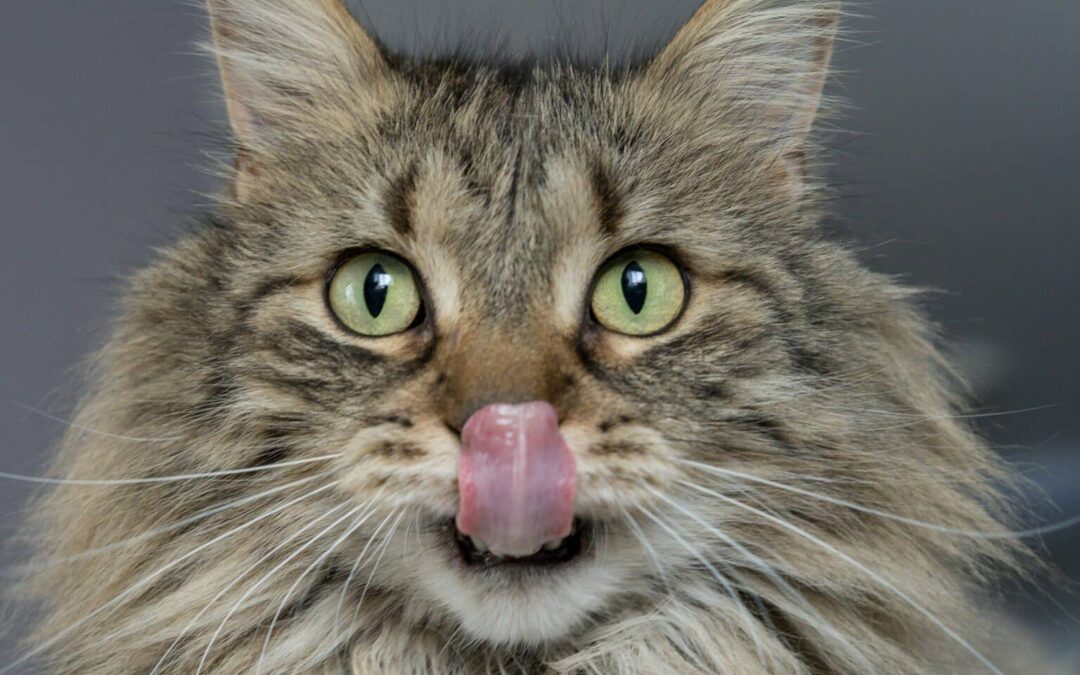A good nutrition is the basis for a good health. We aren’t saying anything new, but it is important to know it well when we feed those we love most. Cats are animals that have specific nutritional needs, and certain evolutionary characteristics that must be considered when feeding them.
In this article we share the keys to a good feline diet, as well as the recommendations and guidelines to follow to combine wet and dry food correctly.
The nutritional needs of a cat
Cats are strictly carnivorous animals, since they need nutrients and amino acids that are found exclusively in meat. Previously, these animals were predators that obtained food with high levels of protein, low fat, and minimal levels of carbohydrates. Today the needs remain the same, so their diet should be adapted to these proportions as much as possible. In addition, the diet of cats also requires other nutrients such as vitamins, minerals, fatty acids, and other amino acids. We must not forget that taurine is an essential amino acid for cats and must be present in their diet.
Types of food
Currently there is a wide variety of commercial options to feed a cat. In this article we will focus on dry food and wet food, which differ in the amount of moisture, protein levels, caloric density, palatability, and digestibility. Both options are good, and both have advantages and disadvantages over the other. They can be taken separately but can also be combined to find a more complete option for the animal.
Dry food
Dry food contains between six and ten percent water. There are many types of dry cat food on the market, but to ensure good quality we must look at the ingredients it contains and look for the most natural options. Many options include ingredients such as artificial flavorings, colors or preservatives that make it palatable but can harm the cat’s long-term health. For a good diet it is important to avoid by-products, whether animal or vegetable, and artificial additives.
Like the ingredients, it is also important to make sure that the formulation is adequate to respect the proportions that the animal will need. Protein sources will be key, being important that quality meat is the first ingredient.
Dry food provides advantages over other options, since it is complete food that is easy to store and can be kept for longer. However, this option may be less palatable to the cat and less digestible. Storing dry food for a long time can reduce the activity and potency of many vitamins, and increase the chance of fats turning rancid, so proper storage is highly recommended.
In Gosbi there are different options of dry, complete, natural, healthy, and balanced food, such as the original range, or grain-free ranges, such as Grain Free Cat.
Wet food
Wet cat food contains moisture levels of a minimum of 75%, making it a good source of hydration for the cat. Wet food is generally more palatable than the other options, which can be a good option for foodie cats. The protein sources of this type of food are of higher quality and have been less processed.
When they are not opened, cans of wet food have the longest life expectancy, however, once opened they should be kept in the refrigerator for a period not exceeding 3 days.
At Gosbi we have the Fresko cat range, with a variety of flavors so that cats never get tired and never stop trying new things. In addition, the protein sources are different and of the highest quality.
The keys to a good diet
When feeding a cat with a commercial food, one aspect that must be assessed is that it appears as a complete food, since this will provide a correct balance of nutrients and calories.
During the life cycle of the cat, the nutritional needs will evolve. We can classify the different stages as puppy, adult and senior, and find a food that fits the vital moment in which the cat is.
Keep in mind that cats need to always have clean and fresh water available, and if the water flows, it’ll be much better, since they are animals that have a hard time drinking water, and this can lead to kidney problems.
Why do they need wet food?
Cats generally drink little water. This is because their ancestors obtained the necessary hydration thanks to the prey they hunted, and that allowed them to survive without having to drink so much. Now, however, this has changed because domestic cats do not hunt like they used to, so it is important to maintain good hydration to avoid urinary problems.
Two out of three cats are fed a combination of wet and dry food, and 60% of cats eat wet food daily. Wet feeding helps promote good health for the animal, due to the hydration provided by the high level of humidity it has.
In addition, wet food can also contribute to maintaining a cat’s weight, since the amount of food increases compared to dry food, keeping the same number of calories. This is because the water – which has no calories – adds more volume to the ration, which ends up being larger.
How to make a correct combination?
A combination of dry and wet food can be a good option to feed a cat comfortably while ensuring good hydration. The daily amount to administer will depend, and will be different for each cat according to its life stage, as well as its weight and its daily activity. Maintaining the weight of the animal is important to prevent it from being malnourished, as well as being overweight.
Cats like to eat many times in small amounts, so wet food should be replaced at least twice a day, while dry food by replacing it once will be enough.
